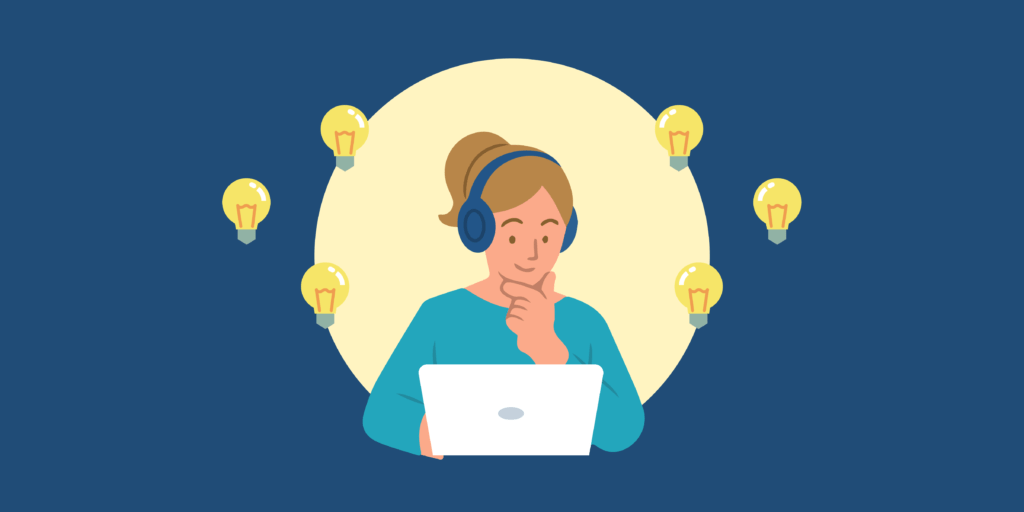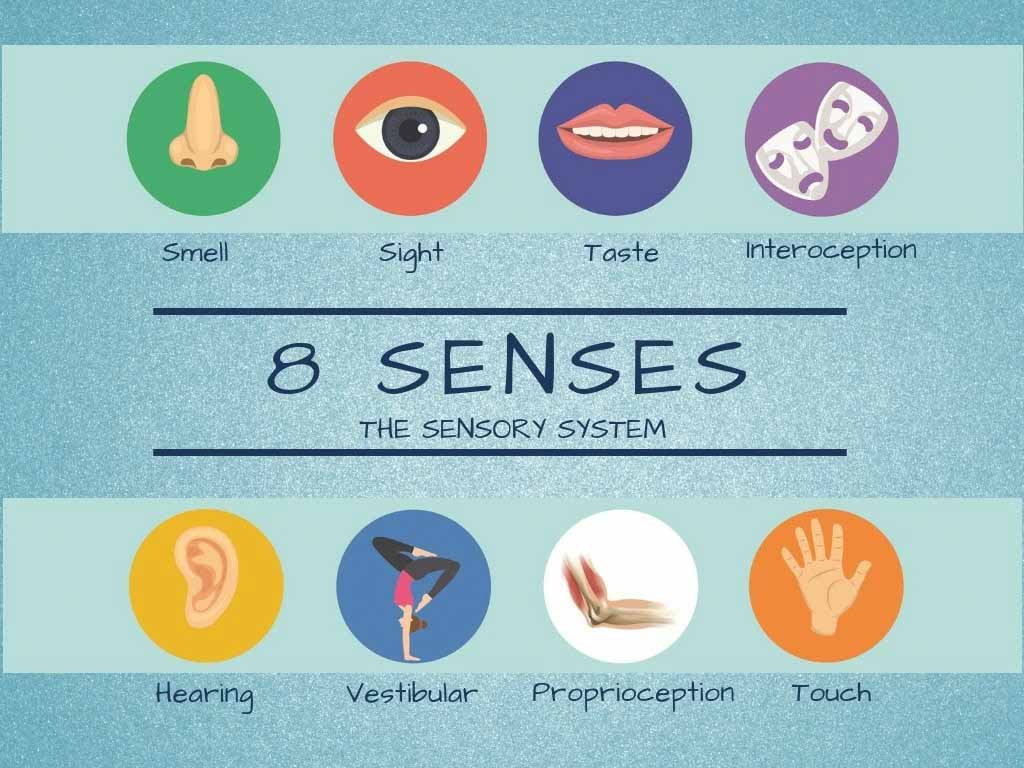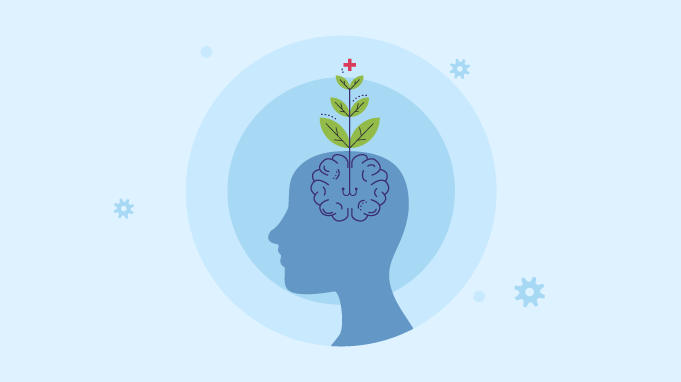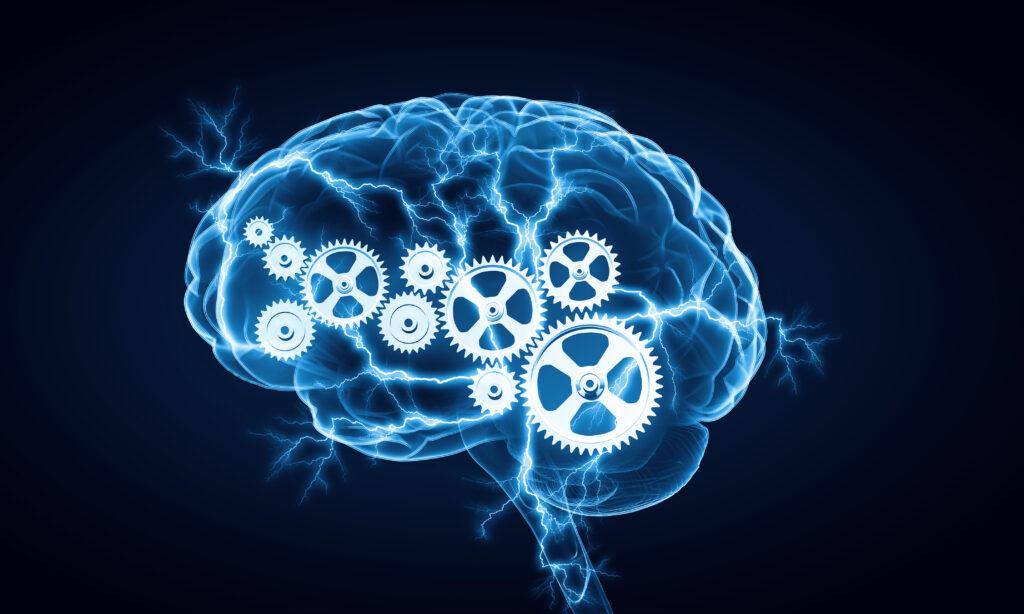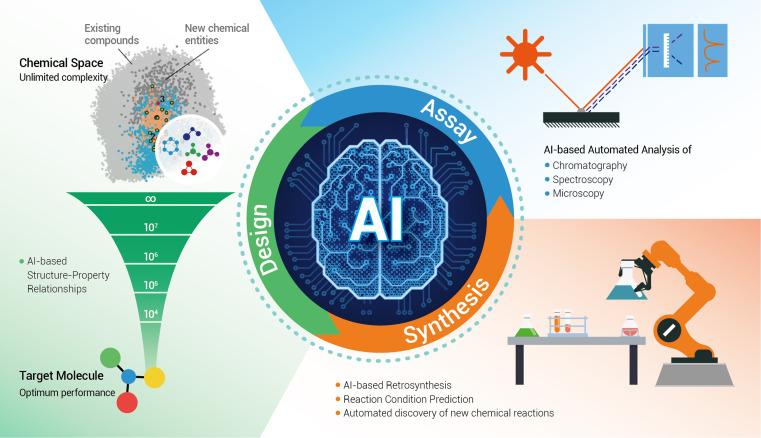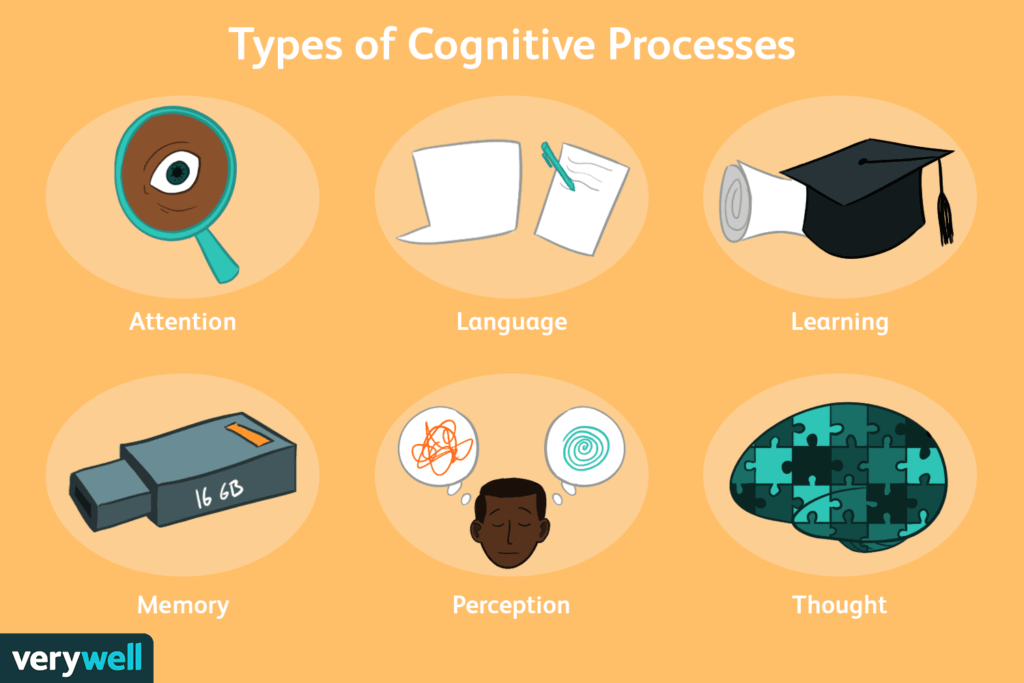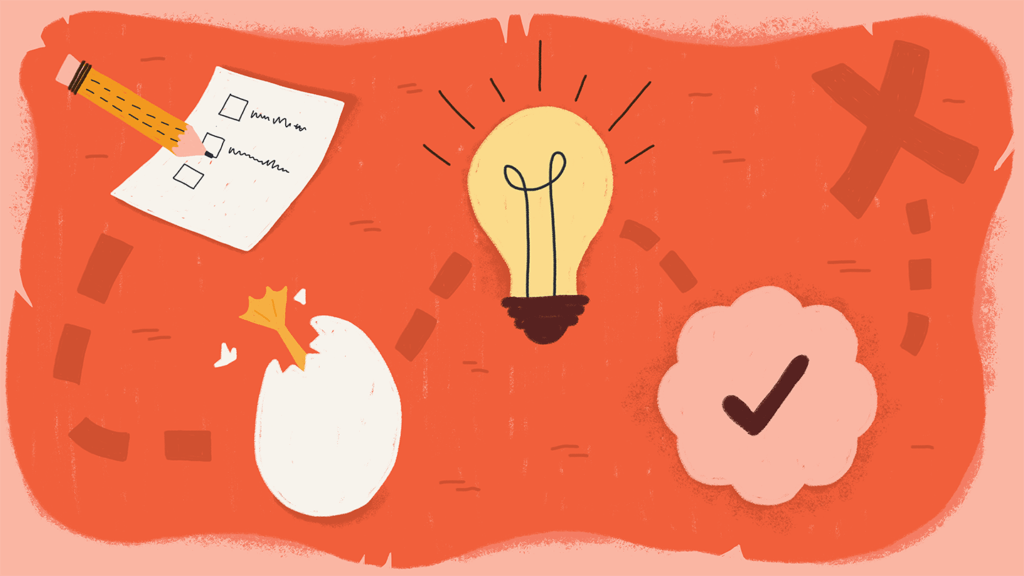Decision-making and problem-solving are critical cognitive processes that are essential for our everyday lives.
They are both involved in making choices and solving problems, but they differ in their underlying mechanisms and the nature of the tasks they involve. Problem-solving refers to the process of finding a solution to a problem or challenge.
This process typically involves several stages, including problem identification, goal-setting, brainstorming solutions, evaluating options, and implementing a solution.
You can apply problem-solving to a wide range of situations, from simple puzzles to complex social or organizational problems.

One key aspect of problem-solving is the ability to think creatively and generate new ideas.
This involves using divergent thinking, which is the ability to generate multiple ideas and solutions to a problem.
Creativity is an essential aspect of problem-solving, as it allows us to approach problems in new and innovative ways, and find solutions that may not have been apparent initially.
Another important aspect of problem-solving is the ability to think critically and evaluate potential solutions. This involves using convergent thinking, which is the ability to analyze and evaluate options and choose the most appropriate solution.
Critical thinking is essential for problem-solving, as it allows us to consider the potential consequences of different solutions and choose the one that is most effective and efficient.
Decision-making, on the other hand, involves choosing between different options or courses of action.
Decision-making is a focused process involving weighing pros and cons, considering risks and benefits, and choosing the option aligned with goals and values.
One key aspect of decision-making is the ability to gather and evaluate information. This involves using critical thinking skills to analyze also make informed decisions based on available information.
Effective decision-making requires prioritizing and weighing factors like time constraints, resources, and potential impact.
Another critical aspect of decision-making is the ability to manage emotions and biases. Emotions and biases can cloud judgment and lead to decisions misaligned with goals or values.
Effective decision-making requires recognizing and managing emotions and biases while using objective criteria and data.
Effective problem-solving and decision-making require a range of cognitive and emotional skills, including critical thinking, creativity, analytical reasoning, emotional regulation, and goal-setting. Practice and training can develop and enhance these skills.
One practical approach to developing these skills is through structured problem-solving and decision-making training programs.
These programs involve exercises and activities to build problem-solving and decision-making skills, including brainstorming, decision analysis, and risk assessment.
Another effective approach is using decision-making and problem models like the Rational Decision-Making Model and Problem-Solving Model.
These models offer a structured approach to problem-solving and decision-making, helping individuals develop systematic and objective methods.
Conclusion
Decision-making and problem-solving are critical cognitive processes that are essential for our everyday lives. Both solving and decision-making involve different mechanisms and skills but are essential for effective choices and solutions to challenges.
Practicing and training can develop a range of cognitive and emotional skills required for effective problem-solving and decision-making. These skills include critical thinking, creativity, analytical reasoning, emotional regulation, and goal-setting. 바카라사이트
